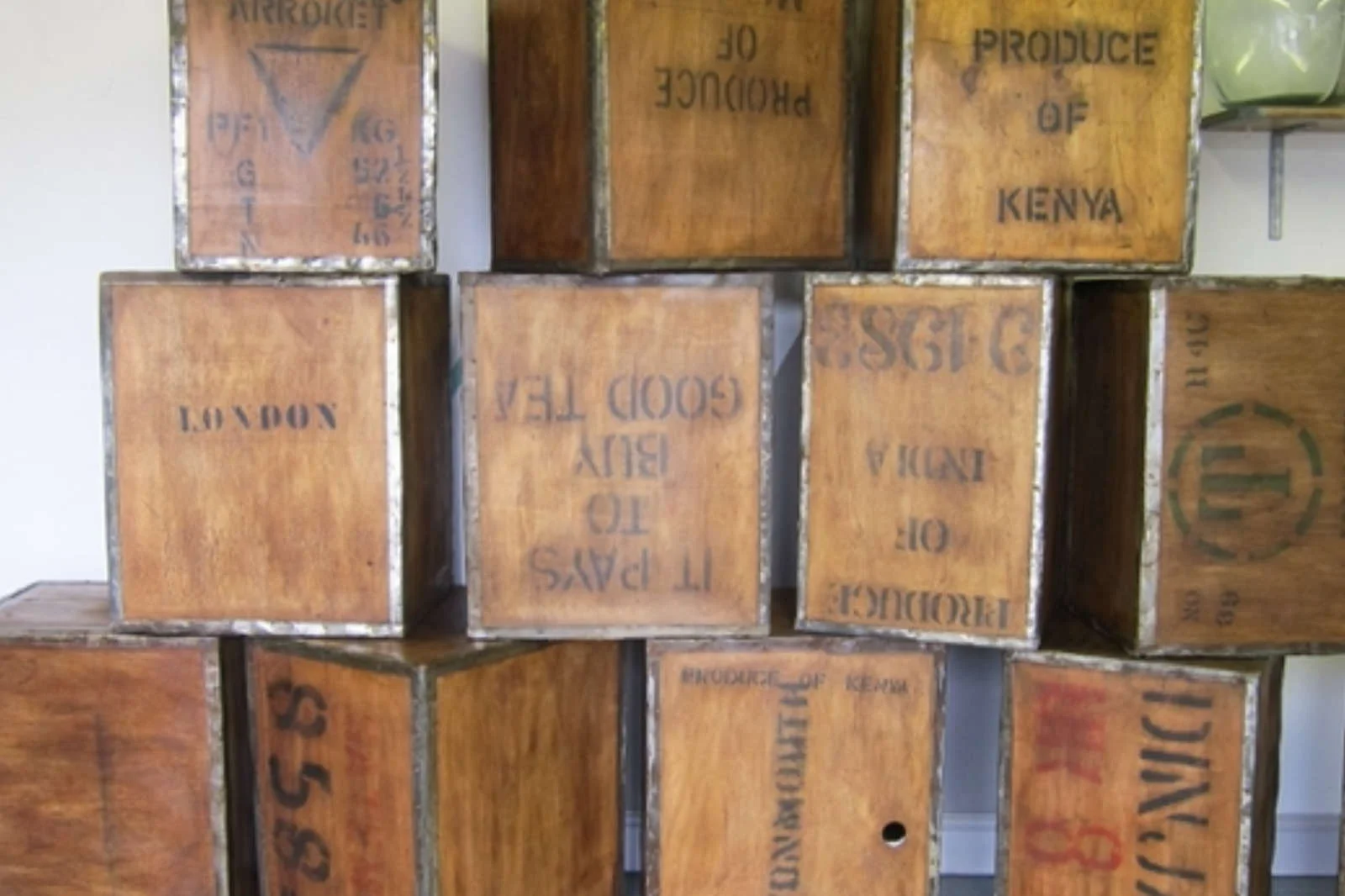The History of Cardboard Removal Boxes: An Evolution of Efficiency
Cardboard removal boxes have become an indispensable part of moving homes and businesses, but their journey from inception to the modern-day essential is a fascinating tale of innovation and practicality.
Early Beginnings: The Advent of Cardboard
Cardboard, as we know it today, began its journey in the early 19th century. The first instance of corrugated paper was patented in England in 1856, primarily used as a liner for tall hats. It wasn’t until 1871 that corrugated cardboard was used as a shipping material. Albert Jones of New York patented a single-sided corrugated board, which provided cushioning for glass and other fragile items.
The Birth of the Box
The true revolution came in 1890 when Robert Gair, a Scottish-born entrepreneur, invented the pre-cut cardboard box. Gair’s invention was an accident; while printing a run of paper bags, a metal ruler used to crease the bags shifted, and instead of creasing, it cut the bags. Gair realised that by cutting and creasing in one step, he could create prefabricated boxes. This innovation paved the way for the mass production of cardboard boxes.
Early 20th Century: Cardboard Boxes in Commerce
By the early 20th century, cardboard boxes began to replace wooden crates and boxes in the shipping industry. Their lightweight, cost-effectiveness, and ease of storage made them an attractive alternative. The use of cardboard boxes expanded during World War II when the need for efficient, disposable, and lightweight shipping materials became crucial.
Post-War Boom: The Rise of Cardboard Removal Boxes
The post-war economic boom saw an increase in consumerism and the suburban movement, leading to more people moving homes. During this period, cardboard boxes became synonymous with moving. Their affordability and ease of use made them the go-to choice for packing and transporting household goods. The design of these boxes evolved to include various sizes and strengths, catering to different moving needs.
Modern Innovations: Sustainability and Customisation
Today, cardboard removal boxes are more than just packing materials; they are part of a sustainable movement. Modern cardboard boxes are often made from recycled materials and are recyclable themselves, reducing their environmental impact. Innovations in design have led to the development of double-walled boxes for extra strength, modular boxes for efficient packing, and specialised boxes such as wardrobe boxes for hanging clothes.
Furthermore, the rise of online retail and e-commerce has driven demand for customisable cardboard boxes, allowing companies to print logos and branding directly onto the boxes, turning a simple packing material into a marketing tool.
The Future of Cardboard Boxes
As we move towards a more eco-conscious future, the cardboard box industry continues to innovate. Biodegradable coatings, water-resistant materials, and reusable designs are just a few of the advancements being explored. The focus remains on balancing practicality with sustainability, ensuring that cardboard boxes will continue to play a crucial role in moving and storage solutions.
Conclusion
From their humble beginnings as hat liners to their current status as a moving essential, cardboard removal boxes have undergone significant transformations. Their evolution reflects broader trends in manufacturing, consumer behaviour, and environmental awareness. As we look to the future, these boxes will likely continue to adapt, offering efficient and sustainable solutions for all our moving needs.
For those planning a move, understanding the history and benefits of cardboard removal boxes can help in making informed decisions about packing materials, ensuring a smoother and more efficient moving experience.
